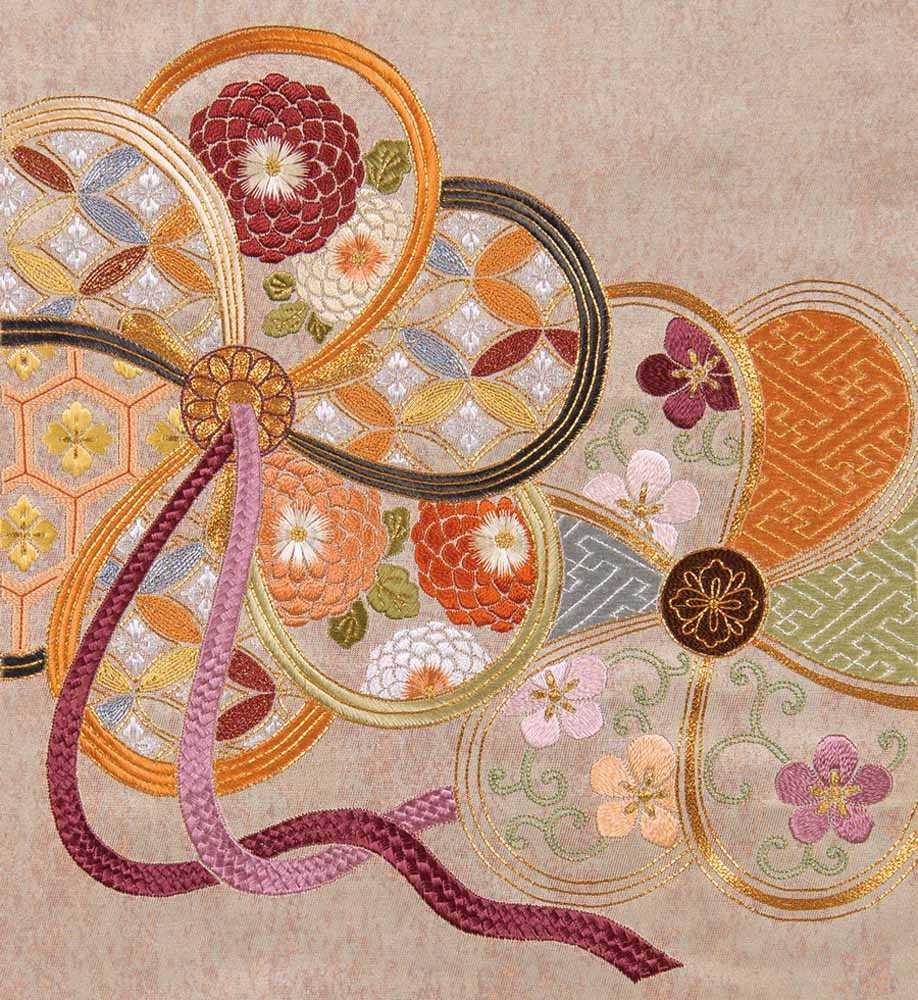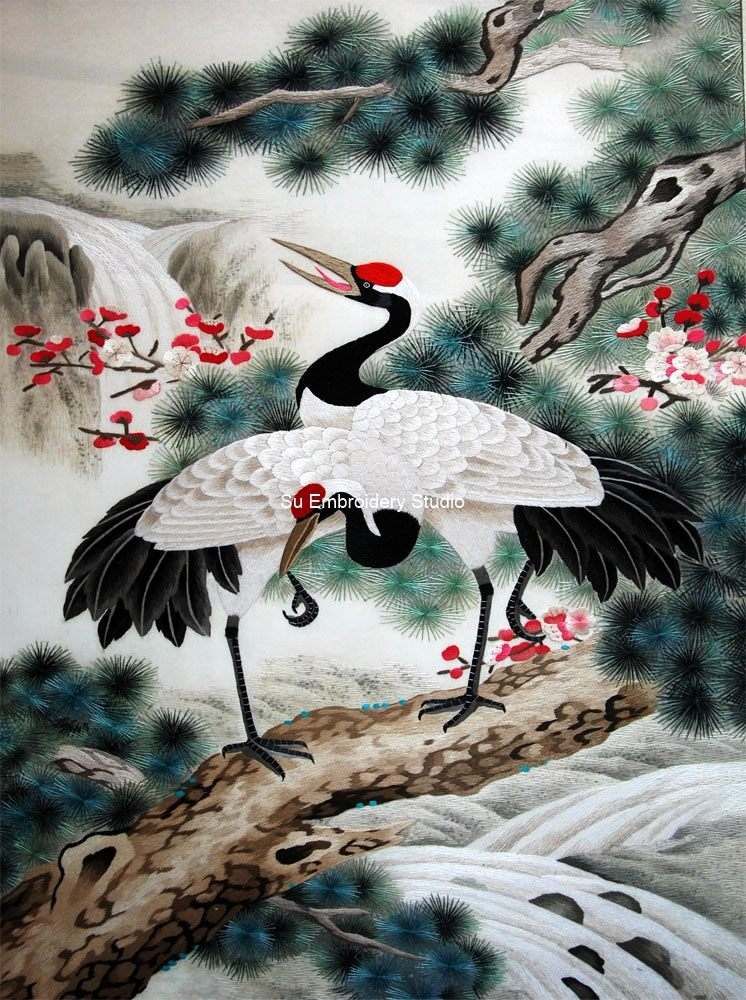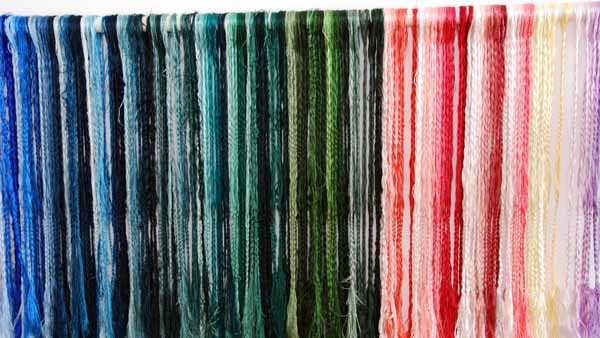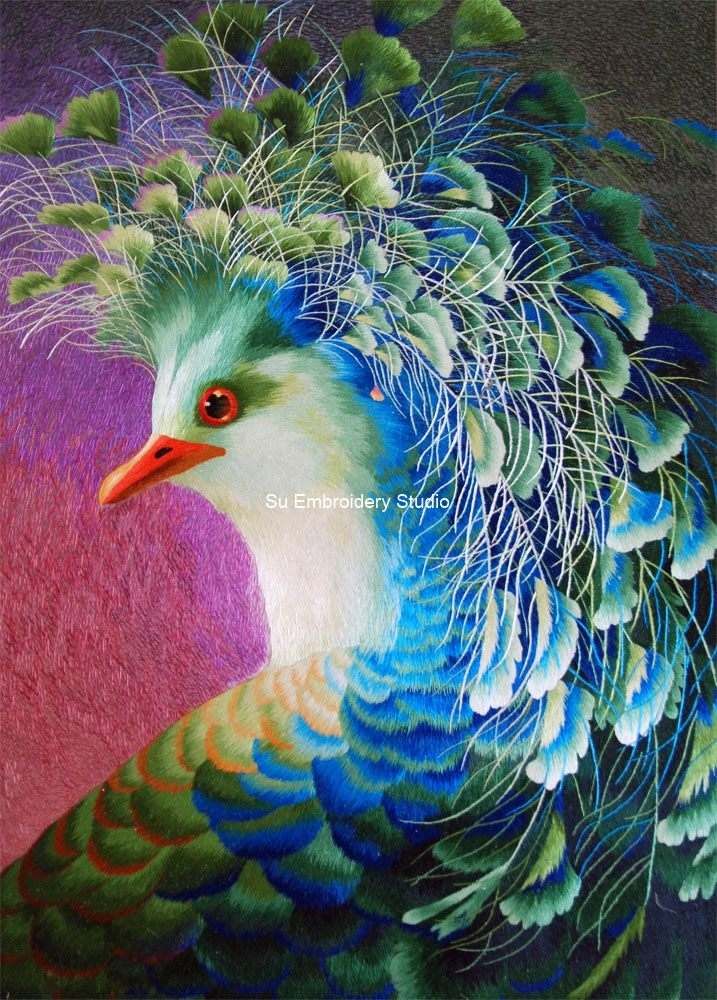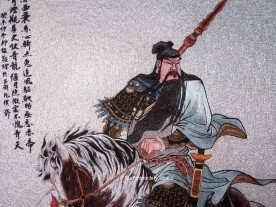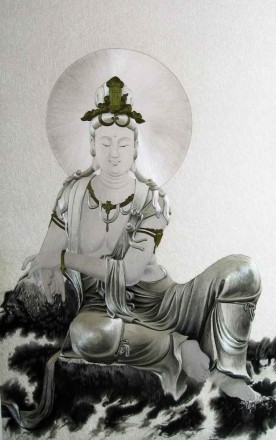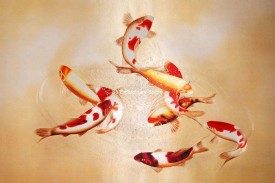I decided to write this article because I noticed that many silk embroidery enthusiasts were wondering how to tell Chinese embroidery apart from Japanese embroidery. In our silk embroidery appraisal service, we often see embroidery owners mistaking their Japanese pieces for Chinese ones. I hope this article helps people figure out the differences between the two and gain a better understanding of these beautiful silk embroideries.
Hand embroidery, a cherished traditional craft in East Asia, encompasses the rich cultural heritage and artistic prowess of China and Japan. Both Chinese and Japanese embroidery traditions boast centuries-old legacies, each characterized by distinct styles, techniques, and cultural influences. In this comprehensive exploration, we delve into the similarities and differences between these two revered embroidery arts, shedding light on their unique characteristics and shared artistic values.
I. Similarities
1. Cultural Heritage:
Chinese embroidery and Japanese embroidery have deep roots in their respective cultures, with centuries of inheritance and evolution shaping their distinctive artistic styles and technical systems. Both traditions serve as vital expressions of cultural identity and artistic heritage, embodying the aesthetic sensibilities and craftsmanship of their creators.
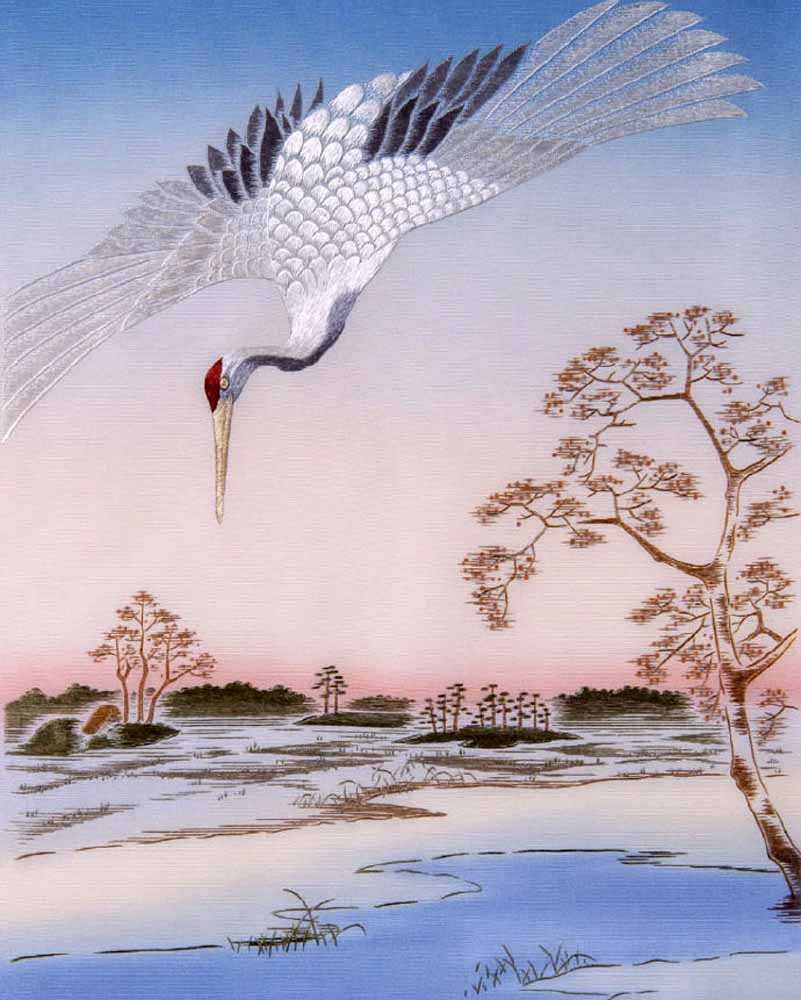
Japnese Embroidery Crane
Chinese Embroidery 'Two Cranes'
2. Material Utilization:
A fundamental similarity between Chinese and Japanese embroidery lies in their extensive use of silk thread as the primary material. Renowned for its luxurious luster and soft texture, silk thread enhances the vibrancy and dimensionality of embroidered works, elevating their artistic appeal and value.
Silk Threads
3. Exquisite Craftsmanship:
Both Chinese and Japanese embroidery are celebrated for their meticulous craftsmanship and intricate detailing. Artisans in both traditions employ precise manual techniques to bring intricate patterns and motifs to life on fabric, showcasing a mastery of stitching methods and artistic expression.
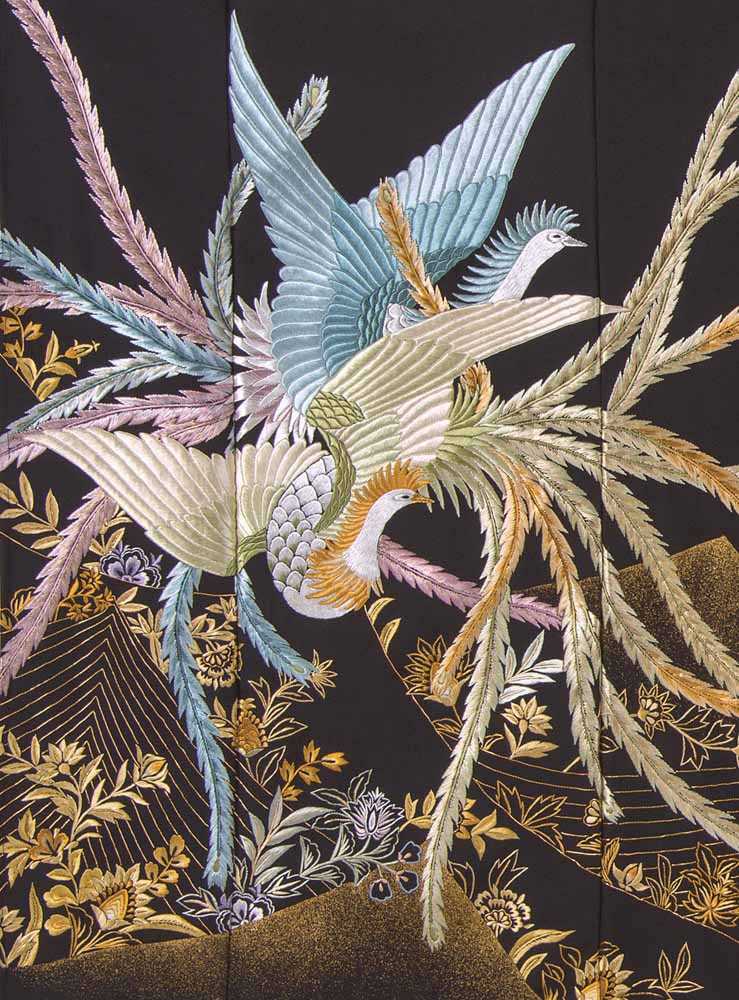
Japanese Embroidery 'Birds'
Chinese Embroidery 'Bird'
II. Differences
1. Style Characteristics:
Chinese Embroidery:
Chinese embroidery encompasses a diverse range of styles, with regional variations such as Suzhou embroidery, Sichuan embroidery, Hunan embroidery, and Guangdong embroidery each possessing distinct characteristics. Chinese embroidery often features richly symbolic motifs, including auspicious patterns, flora and fauna, landscapes, and figures, characterized by bold colors and intricate compositions. Please see the article 'Chinese Embroidery Patterns'.
Japanese Embroidery:
In contrast, Japanese embroidery, known as "Nuido," exhibits a simpler and more delicate style, focusing on the subtle depiction of natural landscapes and seasonal themes. Common motifs in Japanese embroidery include seasonal flowers, animals, and geometric patterns, with colors typically softer and compositions emphasizing natural harmony.
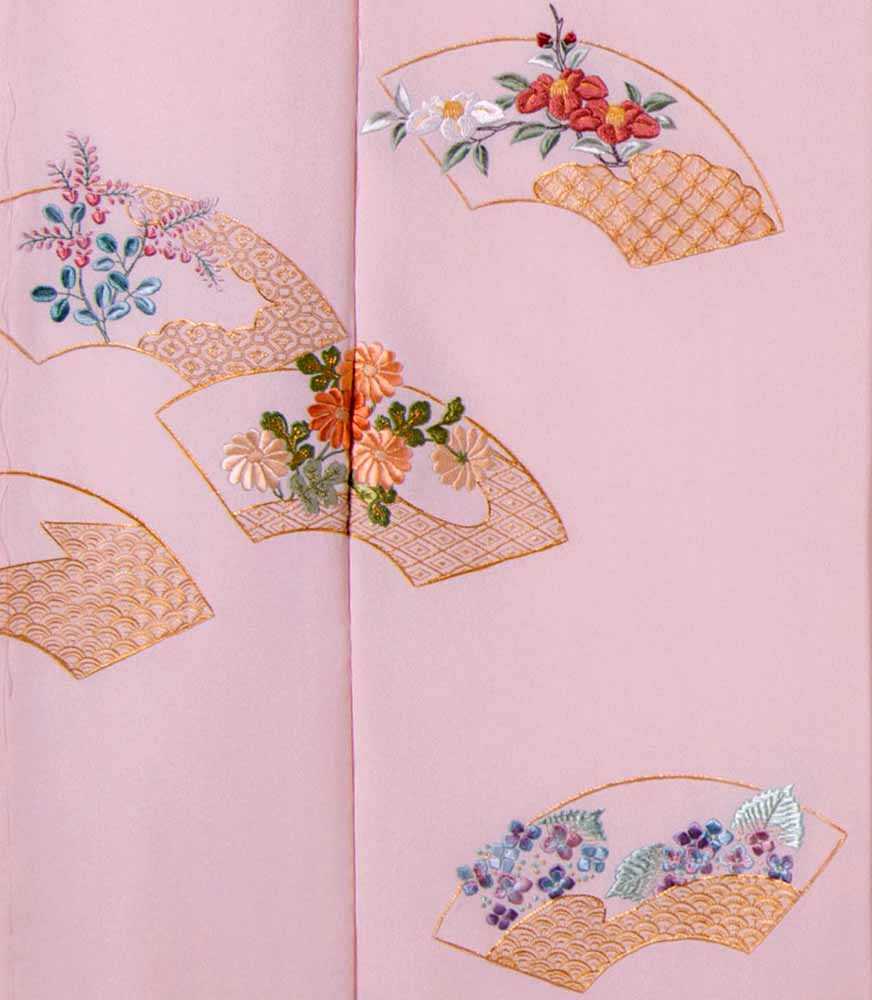
Japanese Embroidery
2. Cultural Influence:
Chinese Embroidery:
Deeply rooted in traditional Chinese culture, Chinese embroidery draws inspiration from Confucianism, Taoism, Buddhism, as well as literary and artistic forms such as poetry and calligraphy. Beyond being a form of artistic expression, Chinese embroidery serves as a vessel for cultural and philosophical ideas, reflecting the values and beliefs of Chinese society.
Japanese Embroidery:
Similarly, Japanese embroidery is influenced by Japanese traditional culture and religious practices, including the Wafū culture, tea ceremony, and Ikebana. Reflecting Japanese sensitivity to seasonal changes and reverence for nature's beauty, Japanese embroidery embodies a profound connection to the natural world and spiritual harmony.
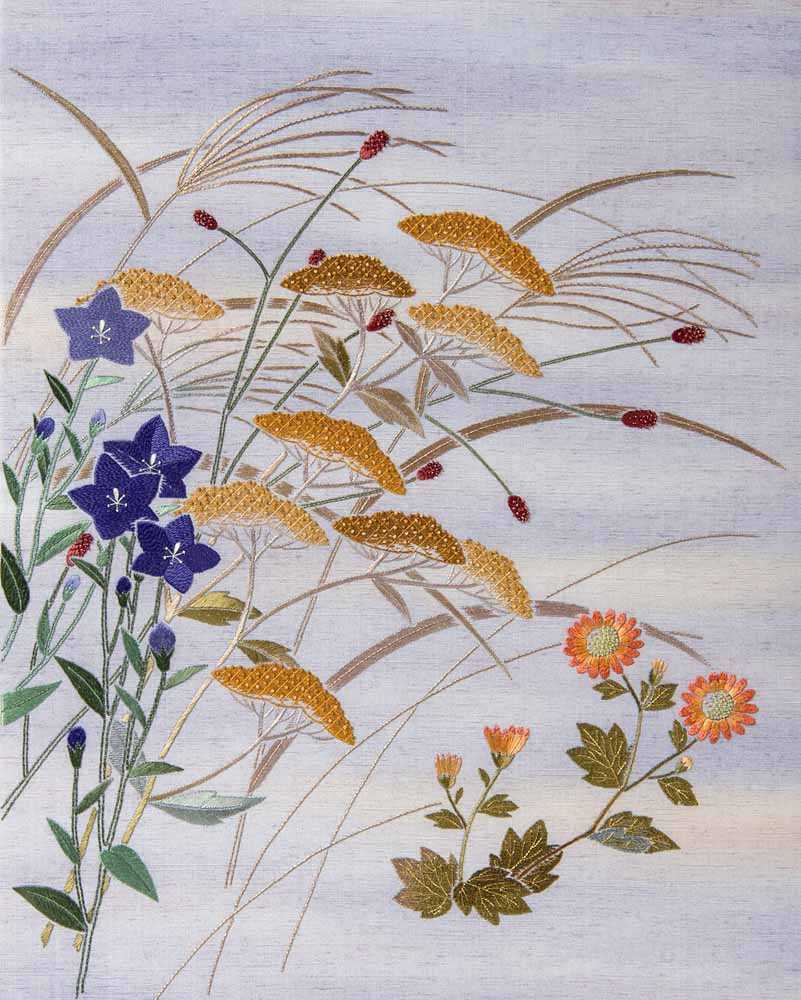
Japanese Embroidery
3. Development History:
Chinese Embroidery:
The history of Chinese embroidery dates back thousands of years to the Shang (1600 BCE to 1046 BCE) and Zhou (1046 BCE–771 BCE) dynasties, closely intertwined with the development of Chinese silk culture. With the advent of the Silk Road, Chinese embroidery techniques spread globally, influencing embroidery traditions in various regions.
Japanese Embroidery:
Japanese embroidery emerged around the 5th century AD, initially influenced by Chinese embroidery techniques before evolving into a distinct Japanese style. From the aristocracy to the common people, Japanese embroidery gradually gained popularity and significance, reflecting the evolving cultural landscape of Japan.
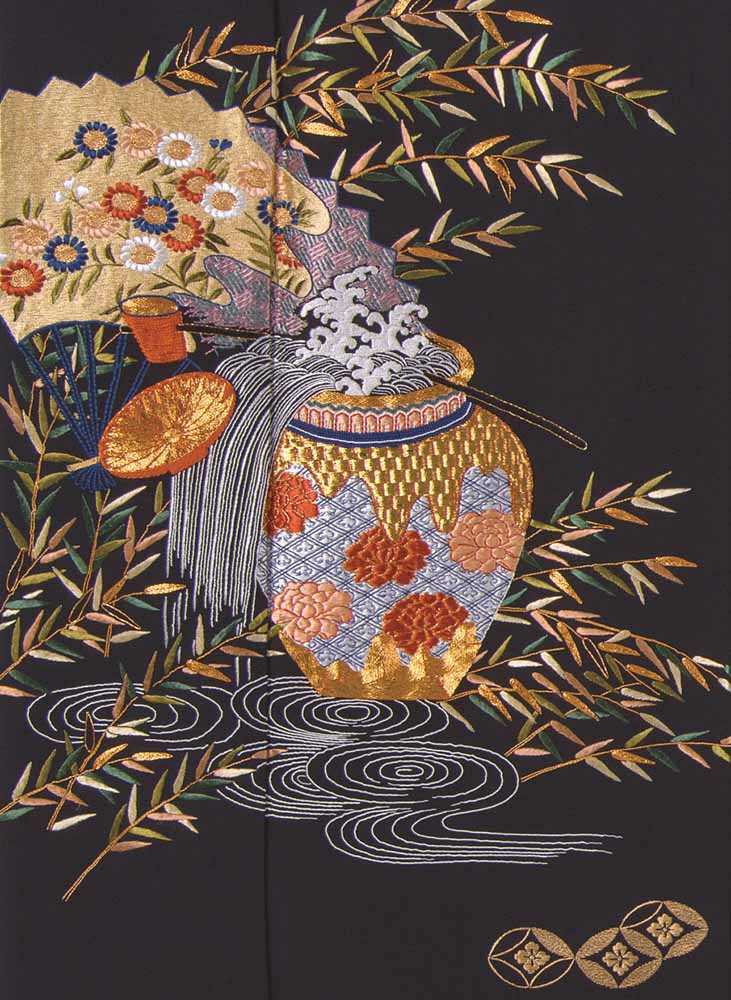
Japanese Embroidery
4. Artistic Innovation and Modern Development
Chinese Embroidery:
In recent years, Chinese embroidery artists have been continuously exploring new forms of expression and materials, integrating traditional embroidery with modern art. For example, the exhibition "Silk Beyond Borders" showcased the differences and intersections between traditional and modern embroidery, presenting the possibility of "change." Modern embroidery works are no longer limited to traditional patterns and techniques but incorporate modern design elements such as abstract patterns, popular culture symbols, etc., making embroidery art more diversified and international. For further reading, please go to article 'A Creative Evolution - From Traditional Chinese Silk Embroidery to Modern Chinese Silk Embroidery'.
Japanese Embroidery:
While maintaining traditional techniques, Japanese embroidery also seeks innovation. For example, artists like Aoki Kazuko have promoted the recognition of embroidery among the public through simple European-style embroidery methods. Japanese embroidery artists are also experimenting with integrating traditional techniques with modern life, creating works that embody both traditional beauty and modern aesthetics, such as applying embroidery to fashion clothing, home decoration, and other fields.
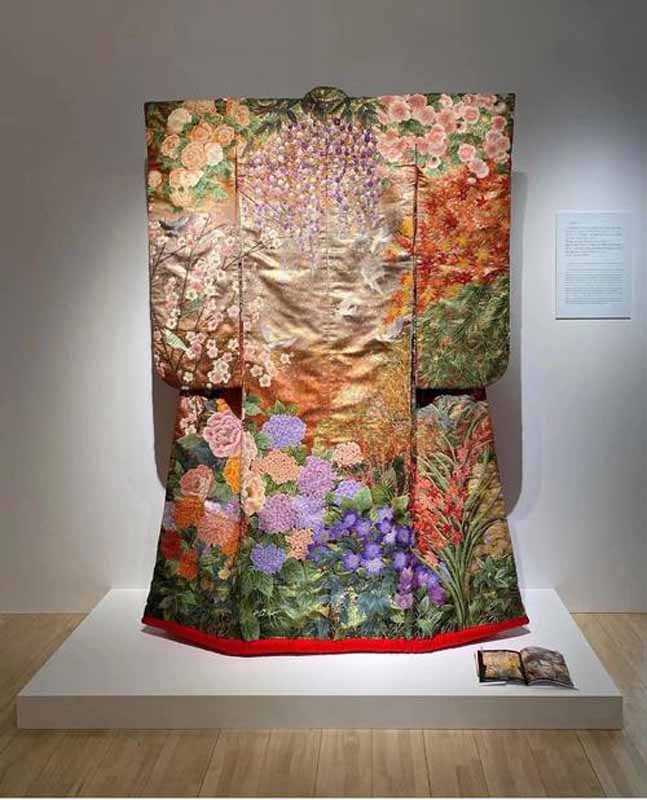
Japanese Embroidered Kimono
5. Education and Heritage
Chinese Embroidery:
The inheritance of Chinese embroidery relies not only on family and regional workshops but also spreads to the public through various educational programs and cultural activities. Many art schools and cultural centers offer embroidery courses, attracting learners of different ages. Additionally, local governments and cultural institutions actively promote the protection and development of embroidery skills by organizing embroidery art festivals, seminars, and other activities.
Japanese Embroidery:
In Japan, embroidery education is also valued. In addition to the international influence of organizations like the "Kurenai-Kai," some specialized schools and cultural experience centers in Japan offer embroidery courses to help more people understand and learn this traditional craft. Furthermore, the Japanese government supports the inheritance of embroidery skills by recognizing important intangible cultural properties and providing financial support to protect and promote embroidery culture.
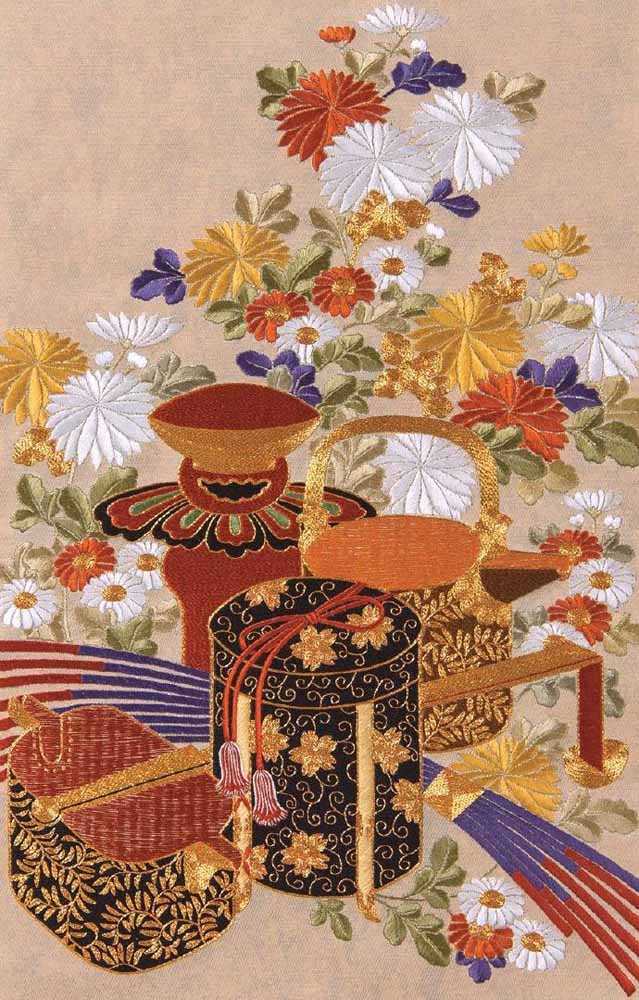
Japanese Embroidery
6. International Exchange and Cooperation
Chinese Embroidery:
Chinese embroidery enjoys a high reputation internationally, attracting the attention of many foreign artists and scholars. Through international exhibitions, cultural exchange programs, and other activities, Chinese embroidery artists collaborate with counterparts from around the world to promote the development of embroidery art. This cross-cultural cooperation not only promotes the dissemination of skills but also enriches the expression forms of embroidery art.
Japanese Embroidery:
Japanese embroidery has gained recognition internationally for its unique aesthetics and exquisite craftsmanship. Through international exhibitions, workshops, and other forms, Japanese embroidery artists share their techniques and creative ideas with foreign counterparts. Additionally, Japanese embroidery has become an important element in the international fashion and design field, influencing global art and design trends.
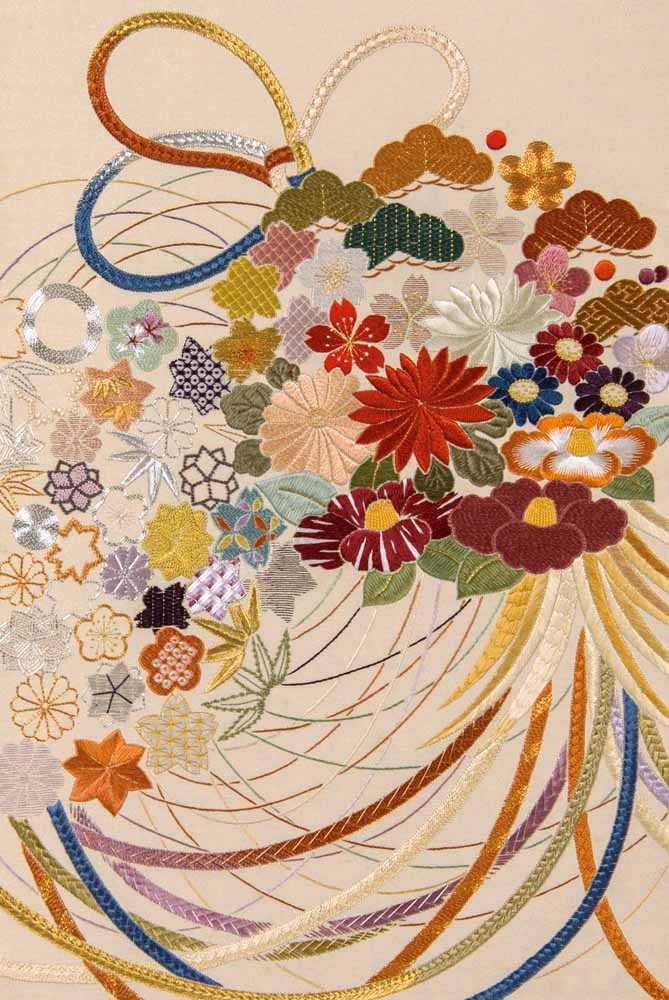
Japanese Embroidery
In conclusion, Chinese and Japanese embroidery, while rooted in similar foundations, showcase distinct artistic styles, cultural influences, and techniques. From the intricate symbolism of Chinese embroidery to the natural harmony of Japanese embroidery, these traditions continue to captivate audiences worldwide with their timeless beauty and profound cultural significance. As custodians of this rich heritage, artisans and enthusiasts alike honor the legacy of Chinese and Japanese embroidery, ensuring that these revered traditions endure for generations to come.
by Su Embroidery Studio (SES), Suzhou China
SES is dedicated to Chinese Silk Embroidery Art and High-End Custom Embroidery
Find SES's embroidery work at Chinese Silk Embroidery for Sale.


